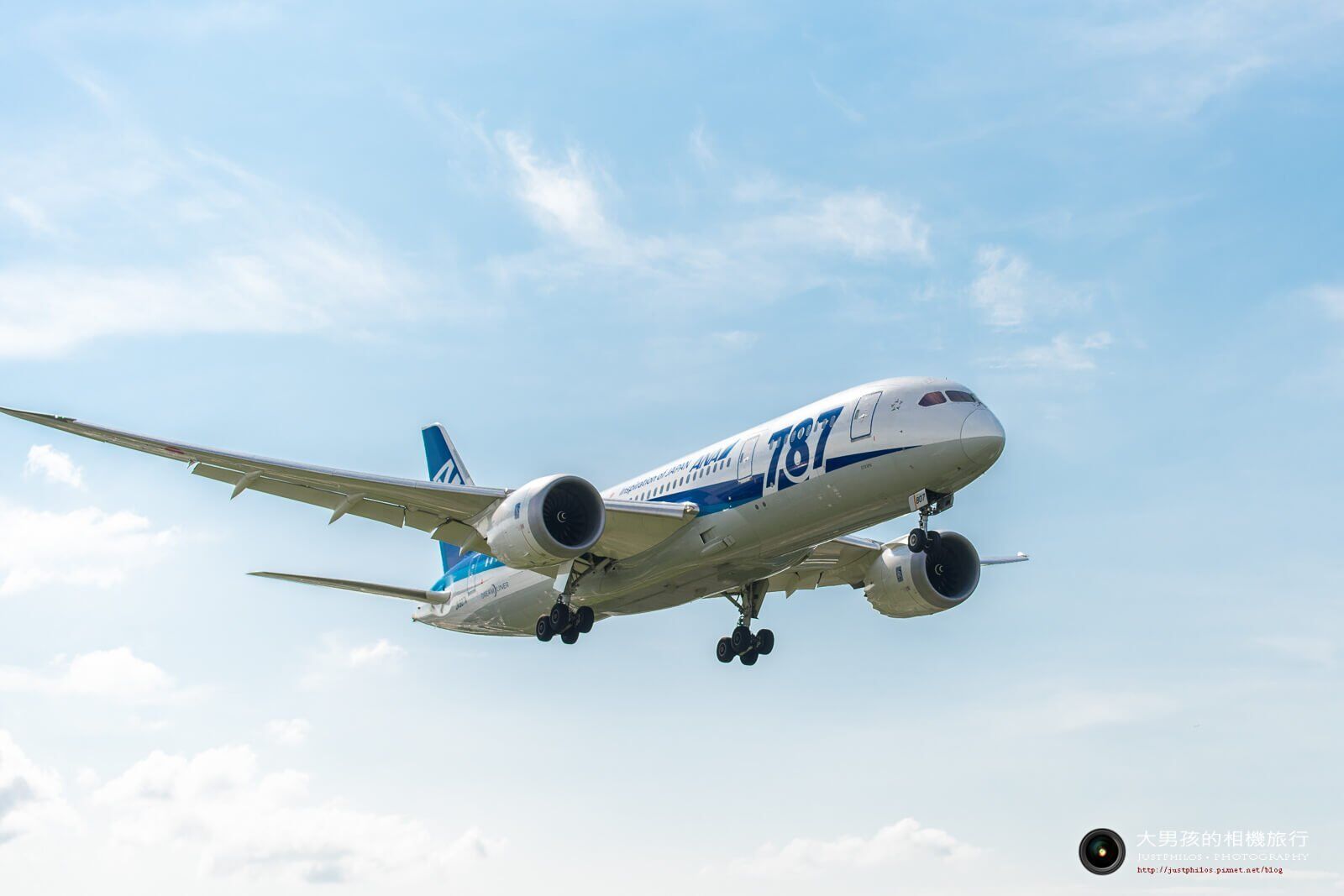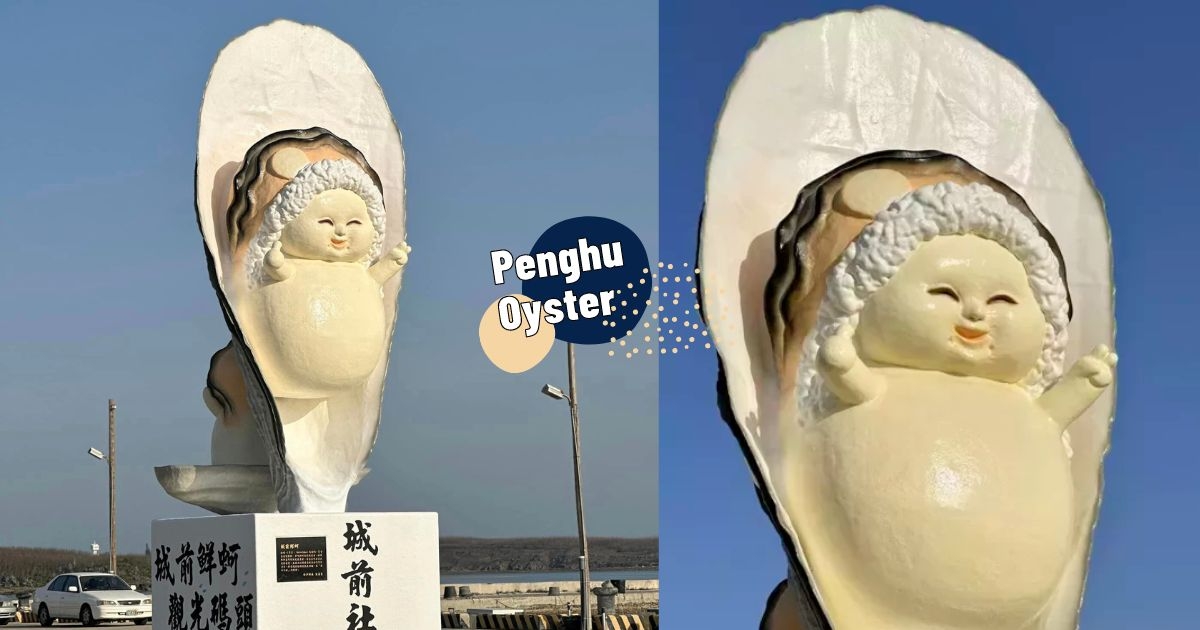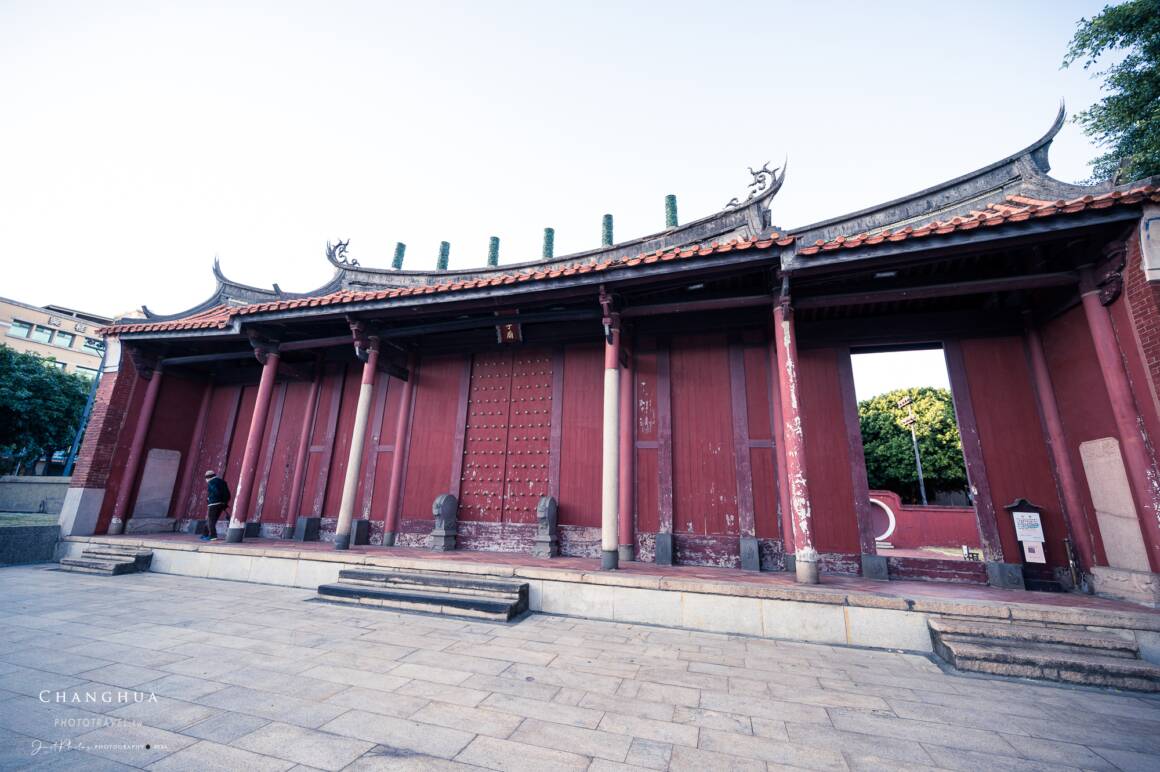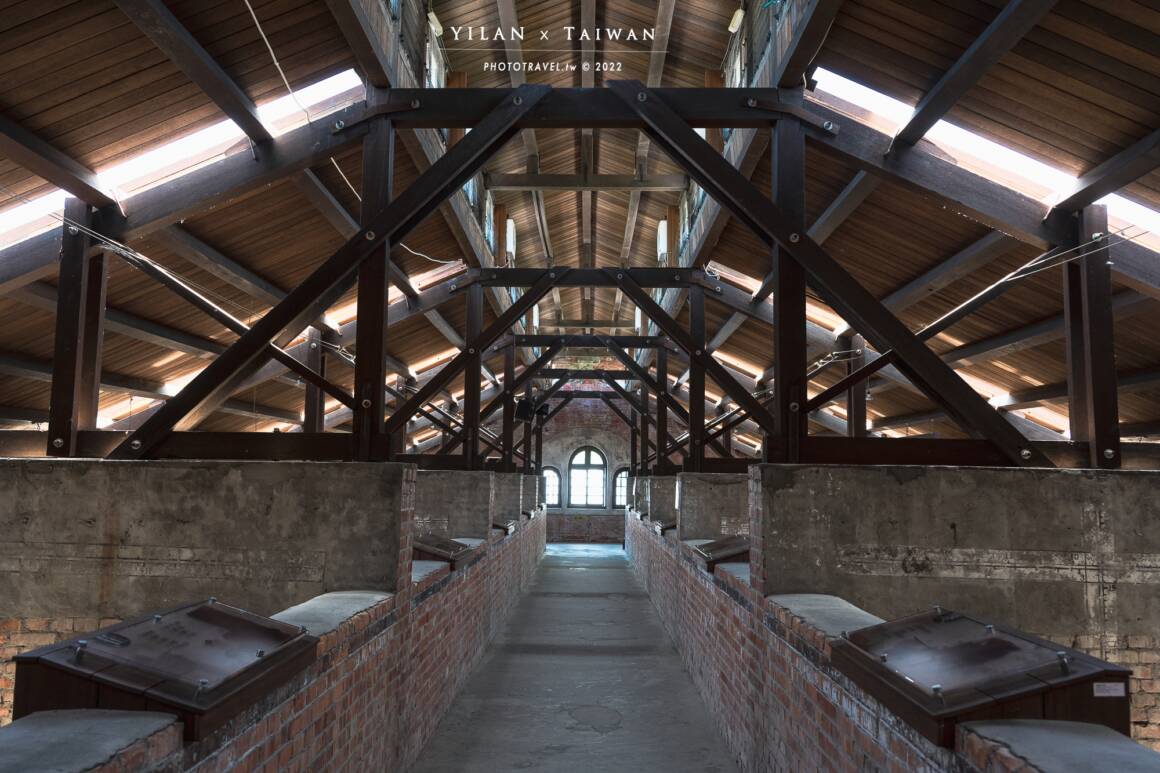Summary
Taipei’s Binjiang Street Lane 180, also known as “Airplane Lane,” is a well-known spot in Taipei for close-up views of airplanes. Located near the runway of Songshan Airport, visitors can experience the thrilling sensation of airplanes landing. It is a pilgrimage site in Taipei where you can observe the takeoff and landing of airplanes up close. Due to its popularity, it is no longer considered a hidden gem. Recently, news of the closure of Taipei’s Airplane Lane in the coming year (2019) has spread, leading to a crowded scene of couples, photographers, and foreigners in the small lane on weekends. In addition to Airplane Lane, the rooftop of the Binjiang Market next to it is also a place where you can enjoy close-up views of airplanes. Although the experience may not be as intense as Airplane Lane, you can appreciate the airplanes from different angles, and the location is relatively safer than Binjiang Street.
Taipei Airplane Lane – Binjiang Street Lane 180

It’s just a small lane with one or two platforms for people to stop and observe.
Due to its limited space and being a shortcut between Binjiang Street and Minzu East Road, Binjiang Street’s Airplane Lane has a lot of traffic. Additionally, due to its proximity to the takeoff and landing runway, there are concerns that certain violations may pose a risk to airplane operations, so it is also included in the restricted area. Although the police currently only patrol the area without actively dispersing the crowd, if you come to enjoy the airplanes, you should still pay special attention to your own safety and avoid engaging in any harmful or dangerous behavior.

Most of the airplanes at Songshan Airport land from west to east, creating a thrilling sensation as they fly overhead.

Even small airplanes can easily fill the frame up close. XD~ (Registration number B-22815, the first ATR72-600 aircraft of Mandarin Airlines)

In addition to observing airplane landings, you can also capture the dynamic scenes of airplanes taxiing before takeoff from a close distance.

EVA Air’s A330-300, the Hello Kitty Around the World aircraft, is currently the largest airplane taking off and landing at Songshan Airport (BR772, Taipei to Shanghai Hongqiao).

Hwa Air’s E190, known as the “Little Steel Cannon” in the aviation industry (B-16822, Taipei to Kinmen, AE1271), is much smaller compared to the A333 in the previous picture.

China Airlines’ Hello Kitty Apple aircraft, an Airbus A330-300 on approach (B-16332, Tokyo Haneda to Taipei, BR191)

China Airlines’ approaches are always very stable, with beautiful landing postures.

All Nippon Airways’ Boeing 787-800, a must-photograph aircraft for those visiting Airplane Lane in the afternoon (JA807A, Tokyo Haneda to Taipei, NH853)
Regarding the timing of airplane takeoffs and landings, since Songshan Airport is located in the city, the frequency of takeoffs and landings is not as high as at Taoyuan Airport. It is recommended to use the Songshan Airport app or website to check the real-time schedule.
▼ You can directly check the takeoff and landing times on the Songshan Airport website. (Click here to visit)

Watching Airplanes at Binjiang Market
Another place to enjoy airplane takeoffs and landings is the rooftop of Binjiang Market near Binjiang Street Lane 180. Although it is further away from Airplane Lane and the landing runway, you can have a better view of the complete landing process from this angle compared to Binjiang Street Lane 180.

Far Eastern Air Transport’s McDonnell Douglas MD-82 on final approach. It was a bit cloudy on the day of shooting, resulting in darker photos.

You can also capture the landing scene from a horizontal perspective here (Far Eastern Air Transport, Kinmen to Taipei, McDonnell Douglas MD-82, FE062)

All Nippon Airways’ Dreamliner 787-800, with ANA’s clean and powerful livery (Haneda to Taipei, JA838A, NH851)

You can also capture the process of airplanes taxiing from a distance at the rooftop of Binjiang Market.

China Airlines’ A330-300, there are very few China Airlines flights taking off and landing at Songshan Airport~ (Haneda to Taipei, CI221)

Mandarin Airlines’ A321-200, which is no longer in service (B22612, Hangzhou to Taipei, GE311)
Choosing a Camera Lens for Airplane Photography
Due to the high speed of airplane landings, they pass by in the blink of an eye. In addition, the density of airplane takeoffs and landings at Songshan Airport is not very high. If you want to capture airplanes, you must seize every opportunity. In terms of equipment selection, you can choose a camera that supports high-speed continuous shooting (I use the Nikon D750 in shutter priority mode with matrix metering). Additionally, because airplanes are fast-moving objects, you can use 3D autofocus or group autofocus (group autofocus is only available on certain models after the D750, and it is truly impressive after testing it out, with almost every photo capturing the airplane within the focus point!).
If you’re worried about keeping up with the action, you can use continuous shooting, which will generally yield good angles. For lenses, if you’re shooting at Airplane Lane, you can use wide-angle to medium focal length lenses, as using a telephoto lens can easily result in cropping issues when the airplanes are closest to the runway. However, if you want to capture airplanes landing from a distance, a telephoto lens (such as the Nikon 70-200mm F4G) will be more useful. Tripods are generally not necessary for daytime shooting, as most lenses now have image stabilization.

EVA Air’s A330-300, the Hello Kitty Around the World aircraft on approach (B16333, Haneda to Taipei, BR189).
Lastly, a reminder to prioritize your own safety when photographing airplanes, and never engage in any behavior that may interfere with airplane operations or safety.





